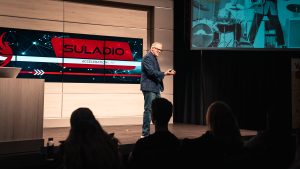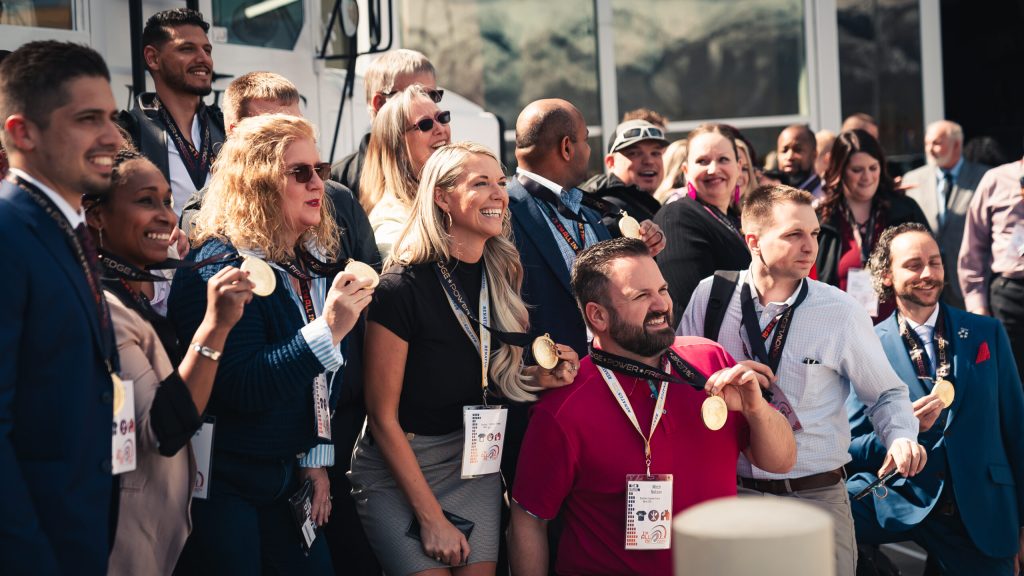Most sales strategies focus on what to say. But very few ask a more important question: Why are you saying it?
Chapter 6 of the DRIVE framework explores something often ignored in sales training—motivation. And it reveals a powerful truth:
If your motivation is external, your performance will always be fragile.
That fragility shows up as burnout, inconsistency, and eventually, disengagement. Many salespeople leave not because they lack skill, but because they’ve been running on the wrong kind of fuel.
At Suladio, we call this the difference between external validation and internal DRIVE.
External validation is the praise, the rankings, the applause. It feels great—briefly. But it’s addictive and unsustainable. Internal motivation, by contrast, is rooted in clarity. It’s knowing what gives you energy and aligning your actions with it.
Each DRIVE type is powered by a different source. Directors are driven by freedom, lifestyle, and creative control. Relators thrive on trust, loyalty, and meaningful relationships. Intellectuals are motivated by logic, structure, and knowledge. Validators seek recognition, influence, and visibility. Executives are fueled by competition, results, and achievement.
When people are disconnected from that source, they underperform. Not because they can’t do the job—but because they’re trying to do it like someone else.
A Relator who’s told to “close harder.” An Intellectual praised only for quotas. A Director trapped in rigid structure. The message? You need to change to succeed.
That mindset kills momentum.
High-performing teams aren’t uniform—they’re aligned. When reps operate from their true DRIVE, they bounce back faster, communicate more authentically, and deliver consistent results.
When they rely on approval, they become reactive. The energy dips. The motivation fades. And performance stalls.
The fix? Start with awareness.
The DRIVE framework gives people language for what drives them. Once you know your motivation, you can set better goals, reclaim your energy, and shift your definition of success.
For example, a Validator might learn to measure impact, not just applause. A Relator might focus on long-term clients instead of fast closes. An Executive might pursue mastery, not just winning.
This doesn’t mean lowering standards. It means raising alignment.
Great leaders support this by coaching to motivation, not just metrics, celebrating sustainable wins, and creating space for each DRIVE type to thrive.
We’ve seen what happens when that shift is made: Less burnout. More clarity. More fun.
Sales doesn’t have to be a grind. When you lead with your DRIVE, it becomes purpose-driven work.
So ask yourself: Are you chasing success for approval—or alignment?
Your answer changes everything.
Want to unlock that kind of clarity? Start with your DRIVE.
Because when you stop selling to prove yourself and start selling from who you are, performance becomes personal. And sustainable.




